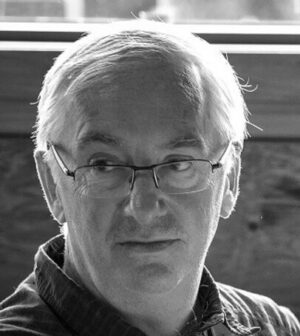Your cart is currently empty!

Ian Moss PhD RPF Analyst, Forestree Dynamics Ltd
I have been a Registered Professional Forester since 1981 after graduating from UBC in the class of ’79. I have lived and worked in Kelowna, Vancouver, Port Alberni, Smithers, Prince George, Duncan, and Victoria. I graduated with an MSc from University of Georgia in 1988 with a focus on tree physiology and then again from UBC in 2012 with a focus on forest biometrics and stand structure classification. The work in stand structure classification began in 2003 while working with Lignum Ltd. On the Innovative Forest Practices Agreement Area. This ultimately produced a PhD dissertation with Dr Valerie LeMay in 2012. I was dissatisfied with the classification; it remained too complicated for broadscale use. It is now much simpler with version 4 and has been extended with plot data from all over BC, SW Alberta, and Saskatchewan. In the meantime, I have specialized in developing large area forest inventories using LiDAR, Colour Infrared and ground sampling. I have worked on growth and yield forecasting, most recently in 2024 for Canfor with a recalibration of Oscar Garcia’s TADAM and the subsequent fitting of growth curves through permanent sample plot (CMI and YSM) data to better represent species interactions.
Presentation Abstract
The purpose of this presentation is to provide some tools for silviculturists to frame their thinking around stand structure and its projection through time. Differences in stand structure are represented by differences in the distributions of trees per hectare and basal area per hectare with respect to both diameter and height. These can be represented by three key indices, Lorey’s mean tree height (HL), mean tree diameter (MTD), and mean basal area weighted diameter in addition to standard measures of trees per hectare (TPH), basal area per hectare (BPH), and quadratic mean tree diameter (MQD). The latter are commonly represented in a Gingrich diagram. The diagram presented herein has been enhanced with survival lines that were produced to represent Prognosis growth and yield forecasts in a stand table projection system. The link between this projection system and changes in structural patterns of success will be discussed. The idea behind this work is that with some additional training and practice, silviculurists can apply this information in the field to better complete stand exams with a more comprehensive assessment of how stands are expected to develop with time.
